 Why young men are escaping Tripura for slums of Chennai ?
Why young men are escaping Tripura for slums of Chennai ?Slums of Chennai are becoming the testing ground for young men from Tripura who want to go to Gulf countries in search of better, richer lives. Each one of these young men has a plan — they know what they will be doing in five,10, 20 years. Life is a game of hopscotch; the moves have been charted for them by those who have gone before.
Spend four-five years working in a big Indian city, save money to move to one of the Gulf countries, work there on a higher salary and return home with bigger savings. Life can wait. “My mother is looking for a girl, but I want to earn enough money first,” Rakib Ali says. “Then I can start a family.”
For many of them it is the first time, they come across the sea. It scares them but also soothes them.
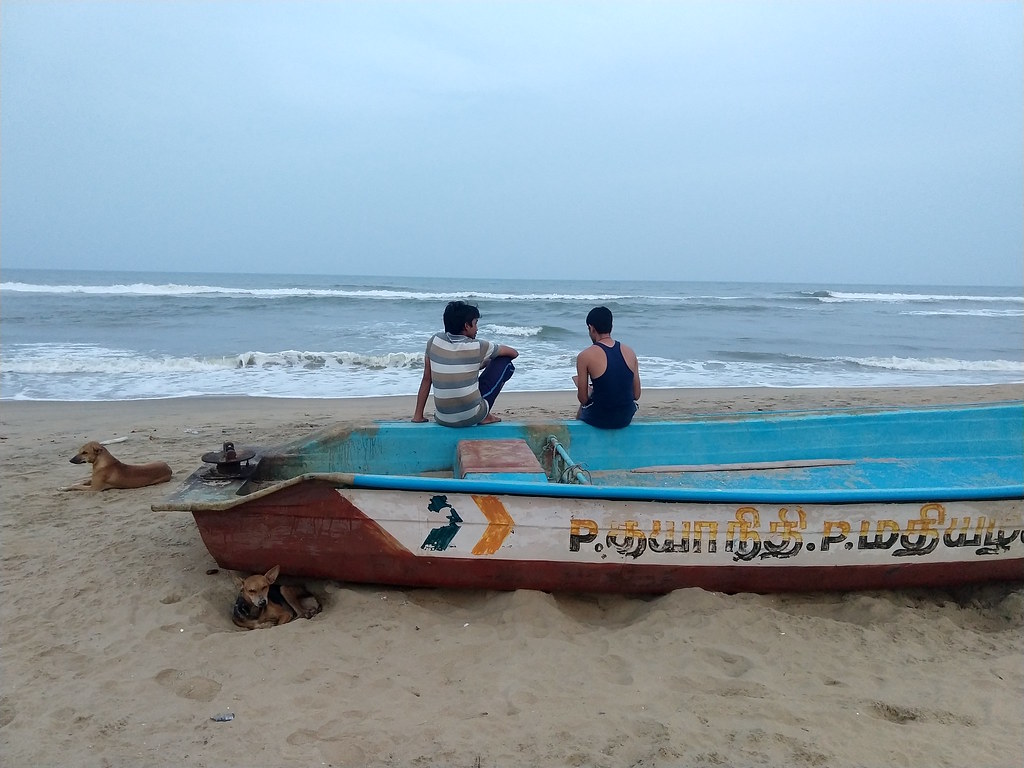
They stay in dark, stuffy rooms of the Sreenivasapuram slum where the Adyar river meets the Bay of Bengal. Assamese security men, Rajasthani carpenters and Odia cooks live here alongside Tamil fishers, and auto mechanics. Lovers scrawl their names on the ruins of houses that the sea clawed down in 2017, during a severe storm.
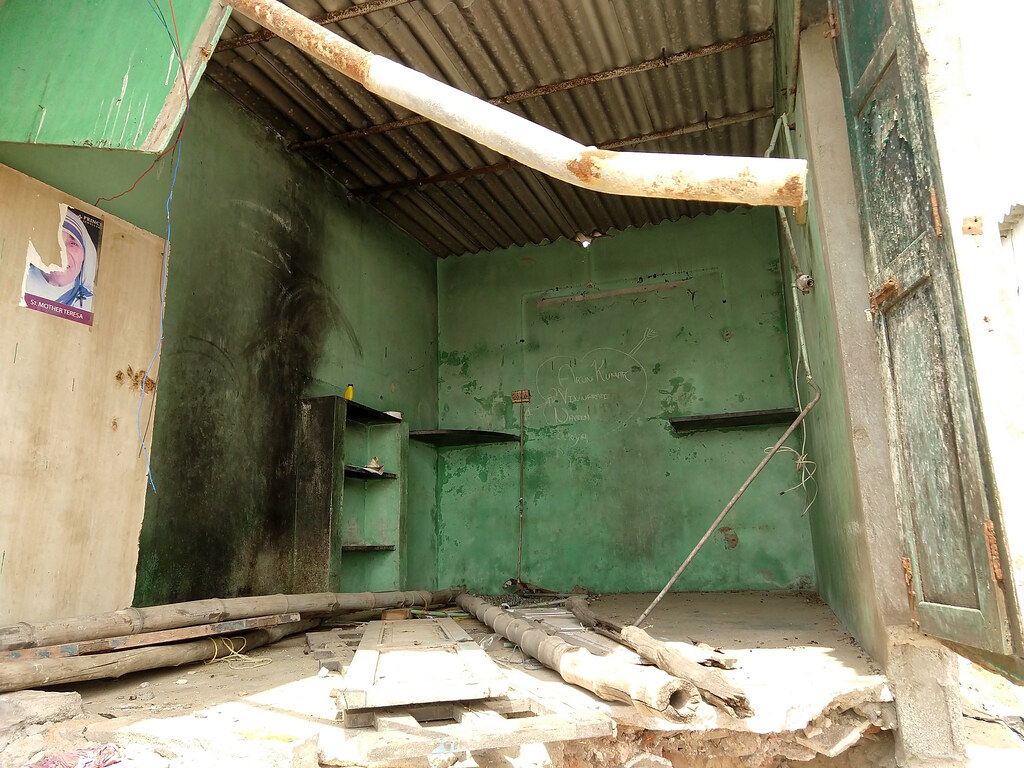
Lorries of bubble-top cans, the only source of drinking water, jostle for road space with cars outside local service stations. Tsunami rescue drills are regularly conducted to keep the floating population and rescuers abreast of the things to do in case disaster strikes.
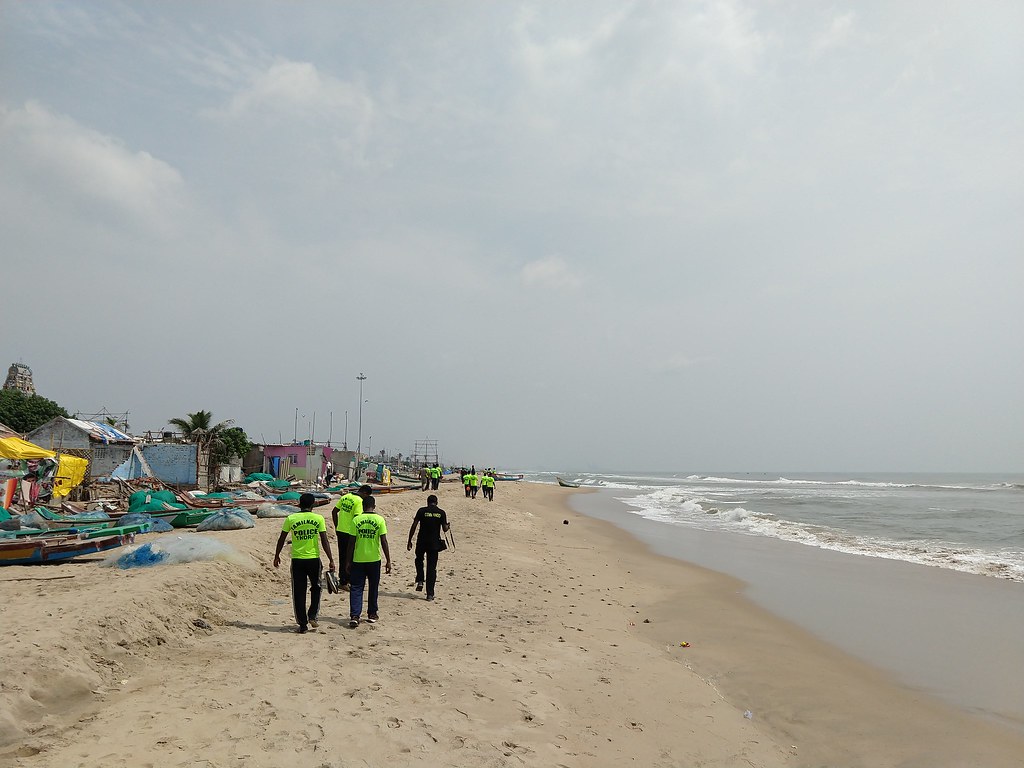
Tripura has the highest unemployment rate in India at 19.7 per cent, as compared to the national average of 4.9 per cent, said the Ministry of Labour’s Annual Employment-Unemployment Survey, 2015-16 report.
Tripura had the second highest number of emigrant households, after Sikkim, among north-eastern states, according to the NSS 64th Round Migration in India 2007-08 survey. This can be attributed to Tripura’s geographical and demographic attributes, which differ from its neighbouring states.
Tripura is surrounded by Bangladesh on three sides and has a majority Bangla population due to migration since ancient times. Bangladesh has high rate of emigration to Gulf countries and thanks to easy movement of people and news, this trend easily caught up with Bengali men in Tripura. In the absence of proper information, they end up paying hefty amounts to unscrupulous recruitment agents.

The trend of emigration is escalating even among the state’s tribal population. Bhola (19) belongs to the Tripura or Tripuri tribe. His family has a small rubber plantation which does not provide sufficient income.
The 12-by-12 feet room he shares with five other boys in Sreenivaspuram is criss-crossed with two nylon ropes bearing piles of clothes, both washed and unwashed. Several bags lie stacked along one wall. Three mats are laid out on the floor. The ceiling fan whirrs futilely overhead, merely distributing the hot air around the room. The grey wall of the kitchen shelf is turning black from the soot from the kerosene stove.
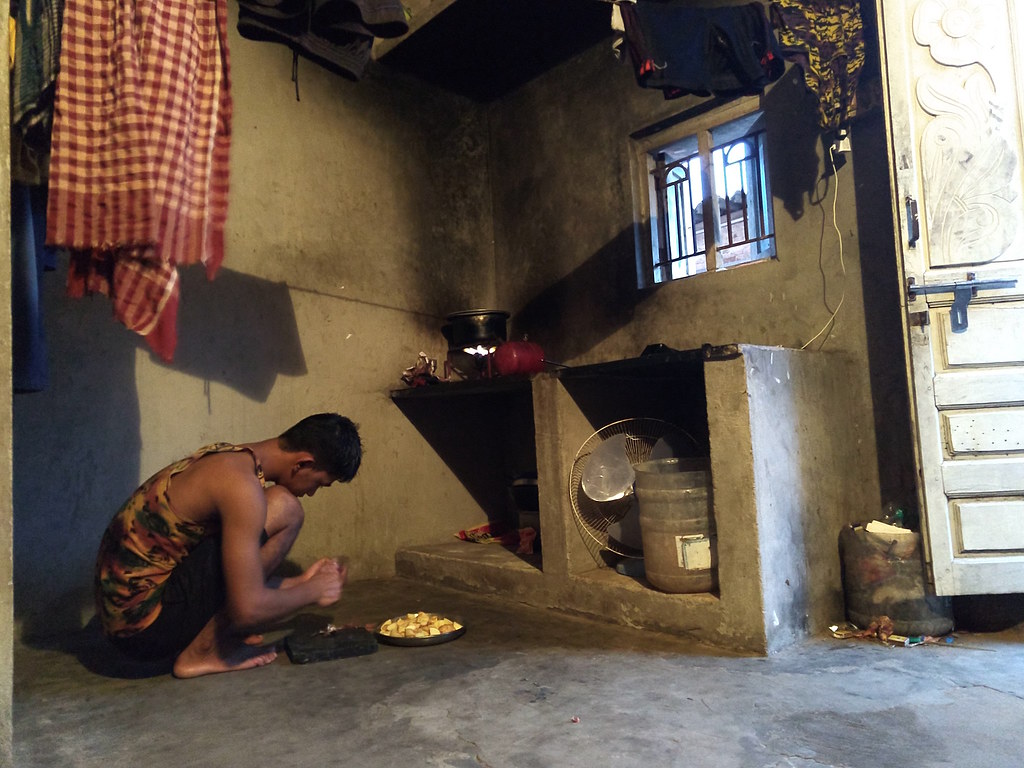
Most boys sit out in lungis, out on the terrace to enjoy the evening sea breeze. A couple of them bathe in the saline groundwater, readying for the night shift. Their vacated sleeping slots will soon be taken up by the ones coming back from their day shifts.
“Water is not good here but there is no other option. Canned water is costly and only used for drinking,” Bhola says. “In Tripura, rivers are clean and there are wells and ponds within our compounds.”
These young men, and the dozens more like them who pour into Chennai by the day, see these hardships as a necessary step to their future. In contrast, many unskilled or semi-skilled emigrants from India mortgage family properties or take loans, often from recruitment agents, at high interest rates to meet the migration cost.
“Such a practice increases the vulnerabilities of migrant workers manifold,” said a 2015 report by International Labour Organization on migration from India to the Gulf countries. “Several cases are reported in which workers are forced to work in deplorable conditions because of the huge debt burden incurred during the pre-departure phase.”
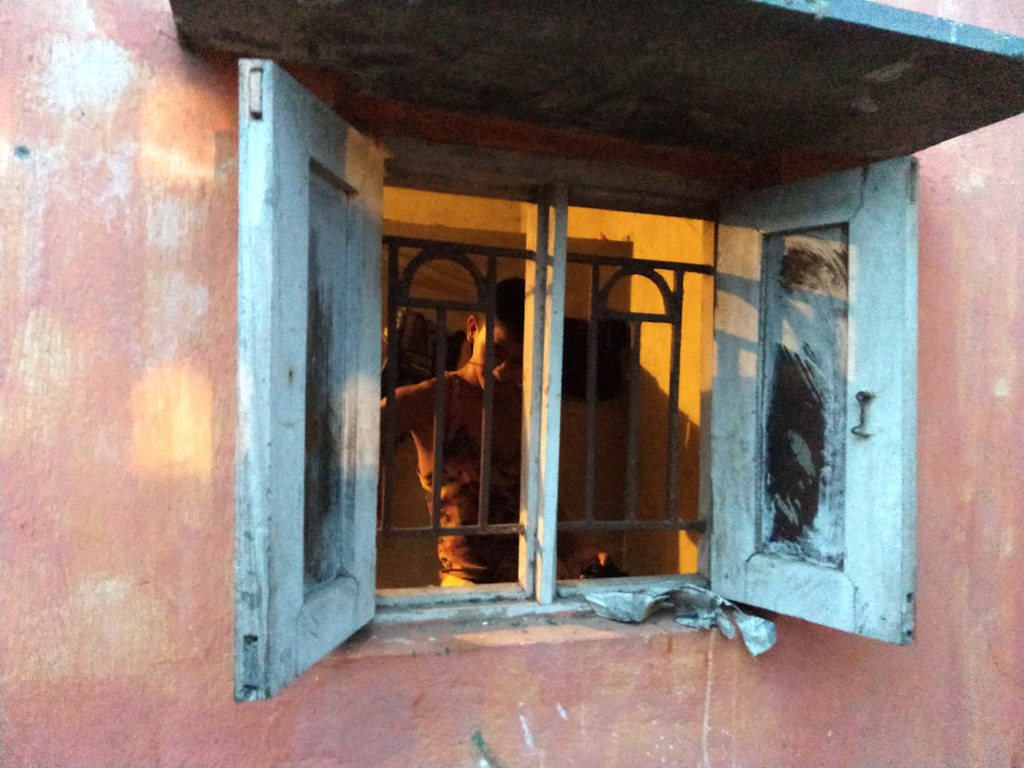
Things can still go horribly wrong, however. Gopal Das, a 36-year-old driver, had to be rescued from Saudi Arabia in 2017 by the Ministry of External Affairs after he sent an SOS video over Twitter. Das was hired as a family driver, but was forced to work on farms without salary or food.
“Whenever I asked for money, they threatened to kill me,” he says, on phone from his native Barapathari village in South Tripura district. “I am glad to be out of there, but in Tripura, I am not getting regular work. Sometimes I think about going back. Maybe I will get lucky this time.”
The writer wishes to thank the National Geographic Society and the Out of Eden Walk, whose 2018 Journalism Workshop supported the creation of this project.